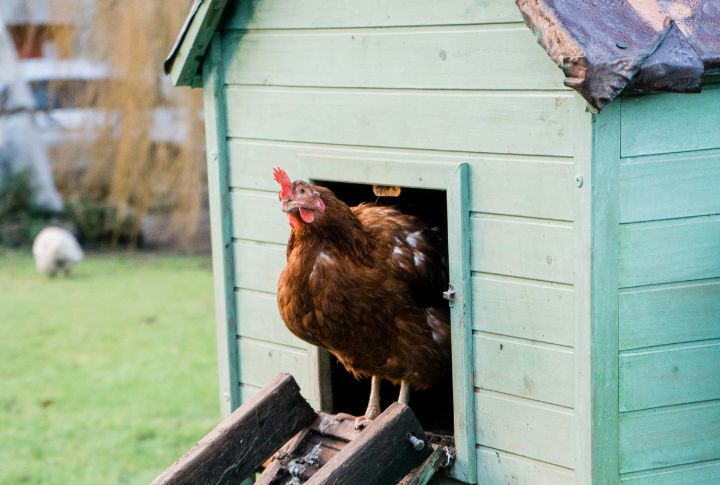
At first glance, building a chicken coop seems straightforward, but it’s the little things that can cause big problems. One small oversight can lead to damp floors, sneaky pests, or cranky hens. To save yourself the trouble, check out these common mistakes before you start. Build smart, and your coop will be sturdy and stress-free.
Skipping Proper Ventilation
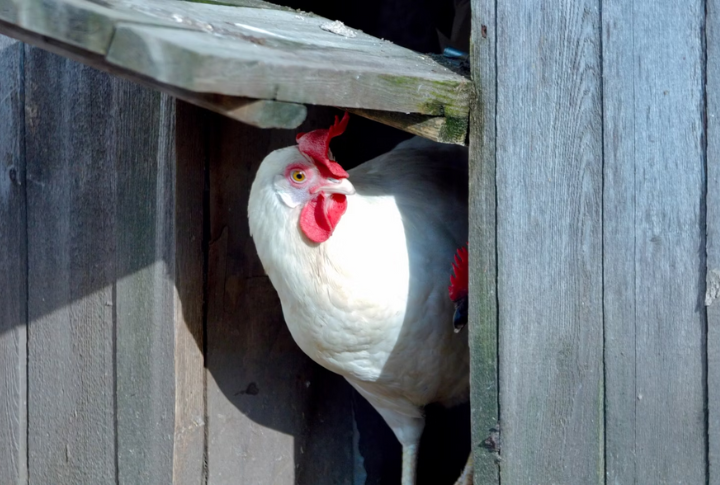
Failing to ventilate leads to serious health issues over time. Ammonia accumulates in poorly ventilated spaces, irritating the respiratory system. Moisture promotes mold growth and illness. Chickens rely on steady airflow to regulate their body temperature and manage heat. Well-placed vents, especially those that avoid direct drafts, offer year-round benefits for any flock.
Forgetting Nesting Box Access

Inadequate box numbers can increase competition, sometimes leading to pecking and destructive egg-eating habits. Poor placement often results in dirty or broken eggs. Hens prefer quiet and sheltered boxes that are easy to enter, and adding exterior access simplifies collection. The nesting box design has a direct impact on egg quality and flock behavior.
Underestimating Future Growth
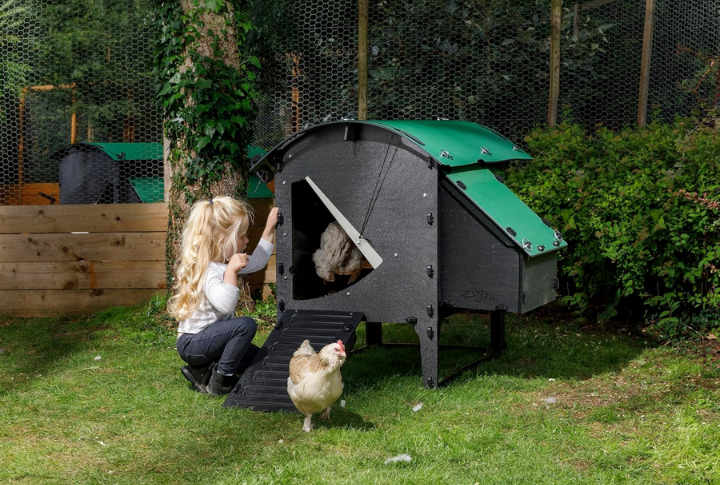
Many first-time coop builders regret choosing a small coop. Most owners add more birds within a year, and it leads to crowding and stress in no time. Modular layouts make future expansions easier, so it’s best to plan for growth from the start and keep the flock comfortable as numbers increase.
Ignoring Predator-Proofing
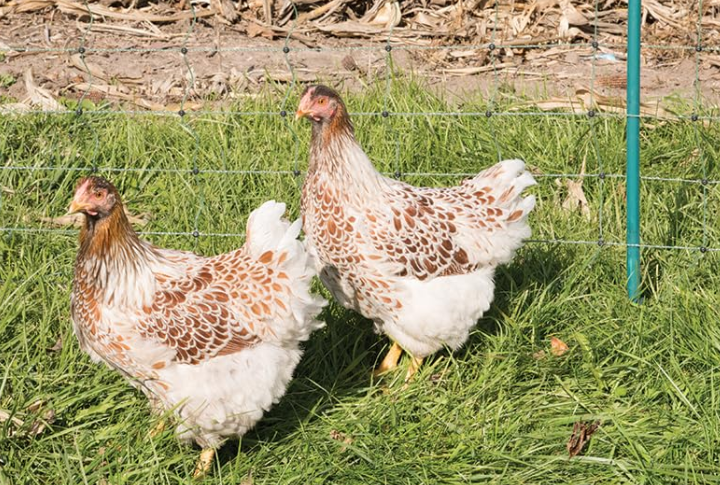
An unprotected coop is an open invitation to predators. Adding electric fencing is a smart and effective way to boost security. Foxes, raccoons, and hawks are common threats to backyard flocks, and even small gaps or low barriers can give them easy access. Most attacks happen at night, right when your birds are at their most vulnerable.
Placing The Coop On Low Ground
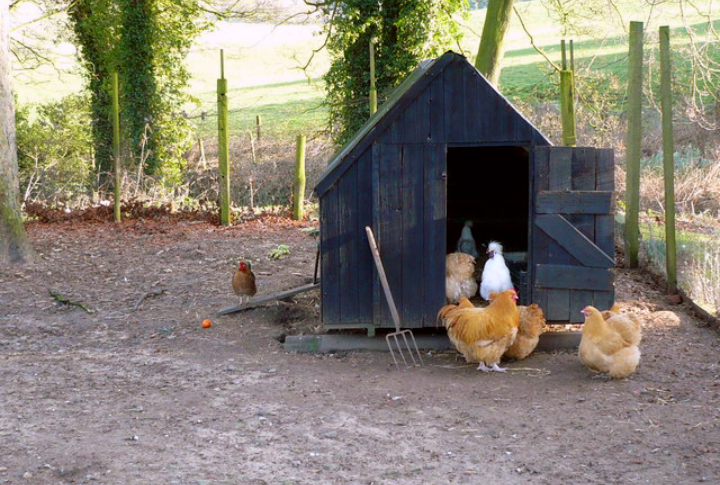
Avoid building your chicken coop on low ground, where rainwater can quickly collect and flood the floor. When bedding gets soaked, it can chill your flock overnight and put their health at risk. Plus, damp conditions attract parasites and bacteria. By raising the coop, you keep the base dry and extend the life of the wood.
Using Toxic Materials Inside The Coop
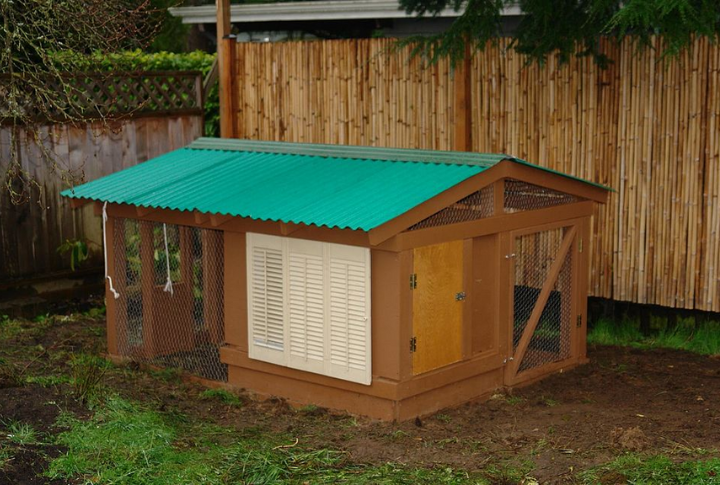
For a safe coop, the materials selected are equally important as the overall design. Skip the pressure-treated wood inside the coop—it can release harmful chemicals. Use only paints and sealants labeled safe for animals, since off-gassing poses serious risks. Chickens love to peck, so any toxic substances can quickly become a health hazard.
Skimping On Roost Space
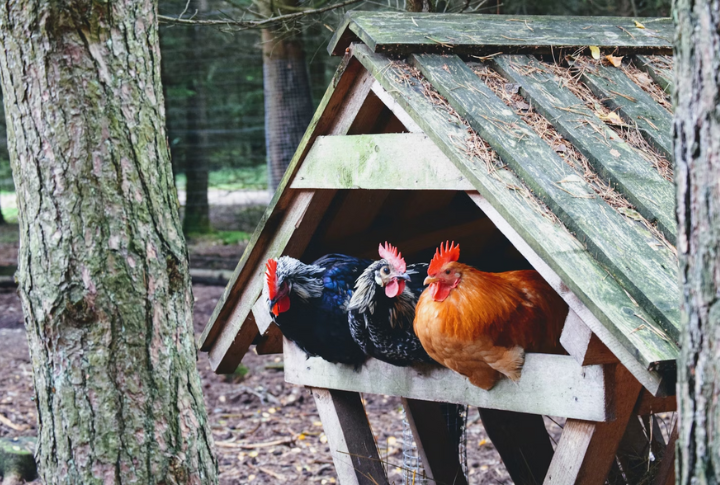
Roosts are essential for healthy sleeping habits as chickens feel safer elevated at night. Each bird requires 8–10 inches of space on a stable perch. Without one, they often sleep in nest boxes, which causes sanitation issues. Poor perch design can lead to bumblefoot, a painful condition that affects the feet.
Using The Wrong Wire Mesh
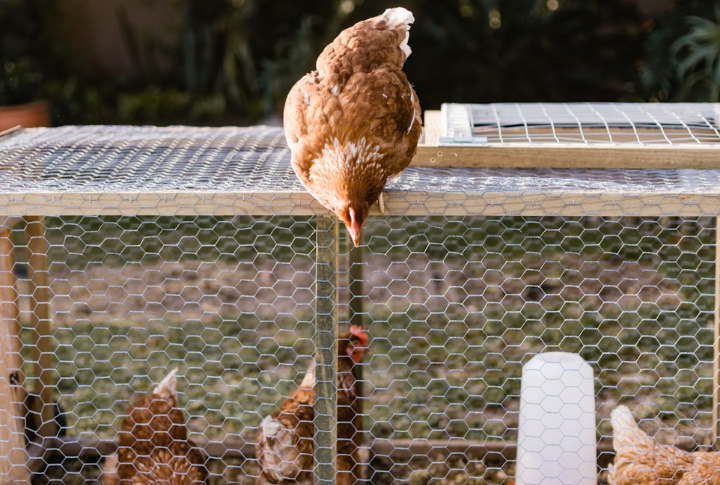
Chicken wire is commonly used, but it doesn’t protect against predators. Raccoons can tear through or reach through flimsy mesh. Hardware cloth provides a stronger and more reliable defense. The mesh spacing matters, too—1/2-inch gaps are recommended to block claws and anything that tries to get through.
Overcrowding The Coop
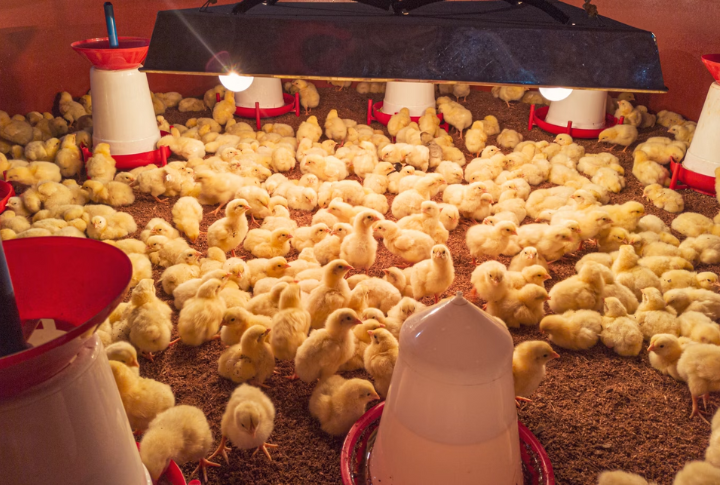
Tight spaces inside a coop create physical and behavioral issues. Limited room can trigger bullying and raise disease risk. A general guideline is 3–4 square feet per chicken. Overcrowded coops often lead to odor problems, damp conditions, and declining egg output. Good spacing supports both health and cleanliness.
Failing To Plan For Waste Management
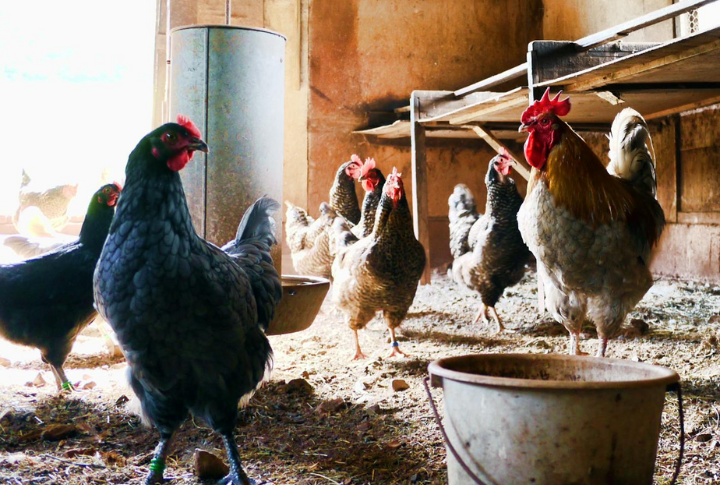
Chicken coops generate a high volume of waste. Without proper handling, droppings attract pests and release ammonia, which damages the lungs. Dropping boards help streamline daily cleaning. Deep litter systems are also a viable option, but require consistent maintenance and a good understanding of how the method works.

